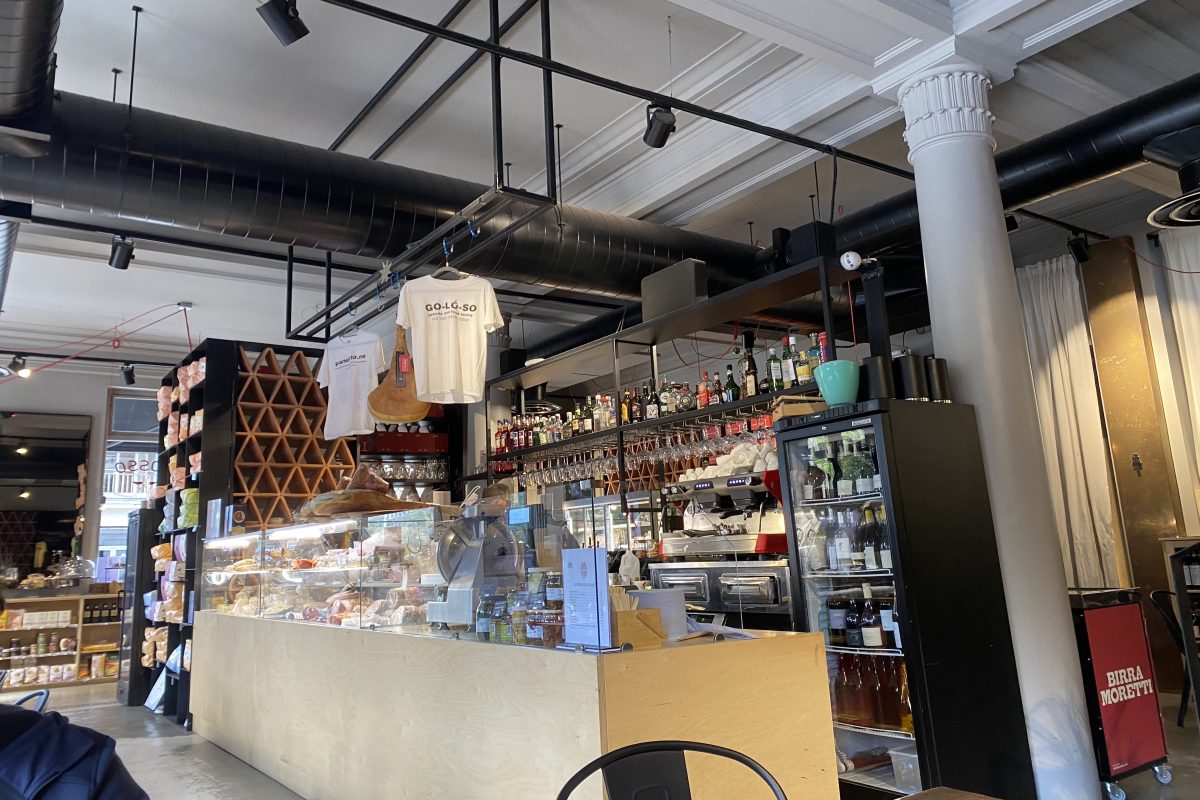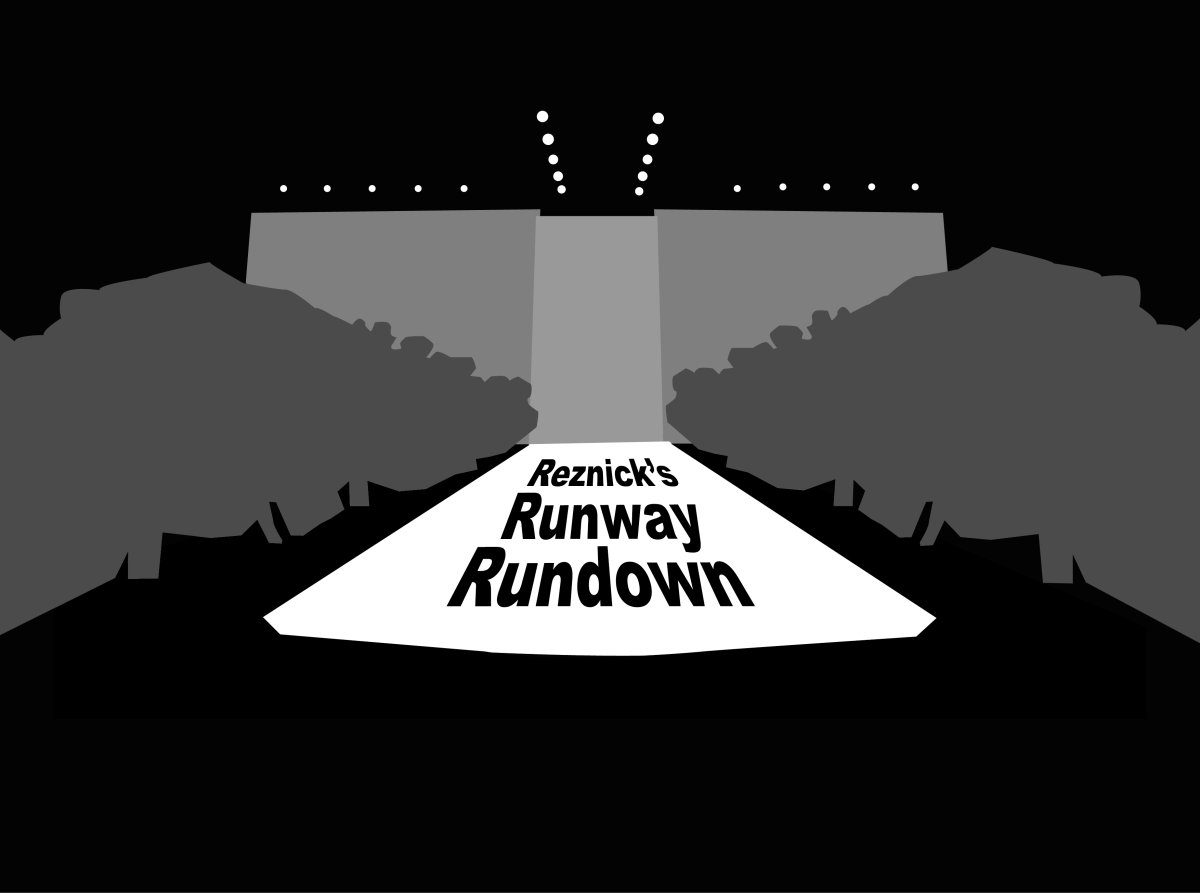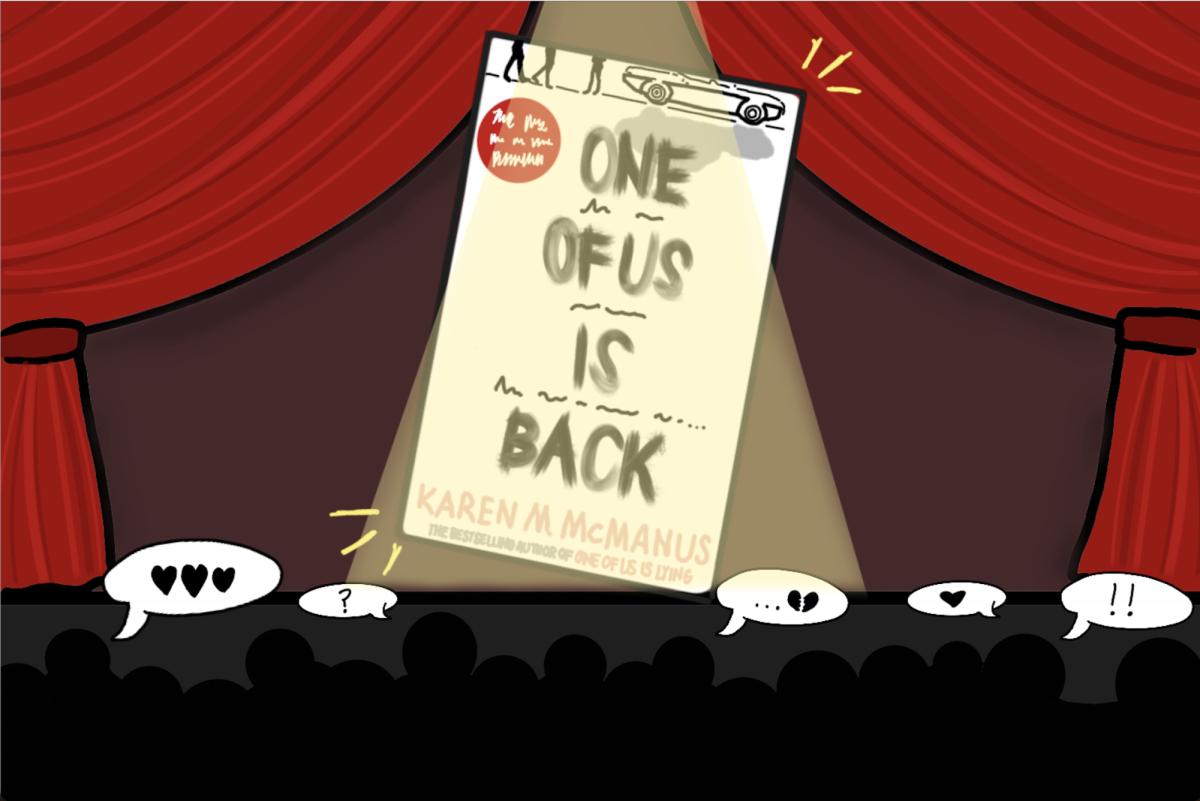After hearing that Science Teacher Derek Fleming had trouble finding specific molecular models for his AP Chemistry class, two students decided to make them for him.
Following the AP Chemistry Wexam in May, Doug Heynderickx (’15) and Sam Zorek (’15) decided to use a 3D printer to make these molecular models for their post-exam project. After designing them on a computer, Heynderickx and Zorek simply pressed “print.” Within a few hours, they had the pieces in their hands. Now, Fleming uses the printed models regularly in his AP Chemistry classes.
The 3D printing process involves not only the literal printing but also a significant time designing and planning the product. Only once the product has been designed on the computer – Heyndrickx and Zorek prefer the software Autodesk Inventor – can the actual printing begin. A 3D printer works by melting plastic filaments layer by layer, to build the shape that the user designs.
The school owns multiple 3D printers, which sit in the back of the Design Lab. Zorek describes the school as being “ahead of the trend” in technology, explaining that the school had actually bought these printers three years ago, long before the 3-D printing movement had gained popularity.
However, only the robotics team, along with a few Middle School classes, have been shown how to use them so far.
After many years of experience, Robotics Advisor and Middle School Design Teacher Muktar Ali still feels the thrill each time he 3D prints. “It’s a magical ability where you design something on the computer and then you print it in front of your eyes,” he said. “It’s just really cool technology and the stuff that we are doing with it is ridiculous.”
Ali teaches Grade 7 and 8 design courses, which involve a 3D printing component. He believes that 3D printing gives a unique opportunity for students to unearth their creativity. “It gives them that chance to be makers, to be creators,” he said. “They can design something, they can make it, and have it in your hand within an hour.”
The “revolutionary” aspect of 3D printing, Ali believes, is in the machine’s ability to give “instant feedback.” The fast nature of the process means that who are into fashion, and there are already a lot of things online for 3D printing fashion, so that will start happening,” Ahmed said.
Zorek believes that 3D printing has the potential to promote a huge shift in the world. “I see a revolution in manufacturing,” he said. He predicts that companies will soon be able to manufacture products on the spot by 3D printing them, avoiding transportation costs and saving time.
He even believes that the 3D printer will fall into the regular consumers’ hands shortly in the future. “[3D printing will follow] a very similar trajectory of what personal computers had in the 20th century,” he said. This change will transform the way consumers interact with businesses.
As the world shifts toward a future with 3D printing, new questions have risen. In May 2013, the first 3D printed gun was made and tested. The gun was made by Defense Distributed, an organization dedicated to defending the “human and civil right to keep and bear arms as guaranteed by the United States Constitution.” By producing this gun and sharing the printing blueprint online, Defense Distributed has opened up a whole new aspect of the gun-control debate.
Ali doesn’t see any need, though, for issues such as this to hold the movement back. “There are people who are out there who are nutters who will do it but I don’t see why we have to limit the use of 3D printers because of those few nutters,” he said.
Ali is certain that 3D-printing is the future and that students should be prepared for it. “3D printing will be the norm. This is the future, this is how things are going,” he said.
Ali would like to expand the 3D printing program into the High School by incorporating it into normal classes, like science courses.
The issue? Accessibility. “The Design Lab is one of the busiest rooms in the entire school, it is used seven out of the eight blocks.” As a result, Ali explained, it is almost impossible to access the printers during the day. Only once the printers are placed in another, more accessible space, can the 3D printing program expand into classes in the High School.
3D printers are also allowing a new swath of people to be creative. “[3D printing] is cool because not everyone gets to say ‘I made this’ because you can’t really make physical things without using your hands. But with 3D printers, you can use software and send it to the 3D printer,” Ahmed said. “Now, everyone can make something.”







